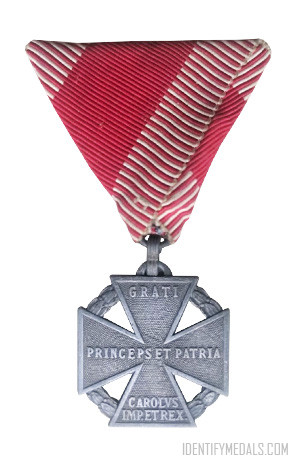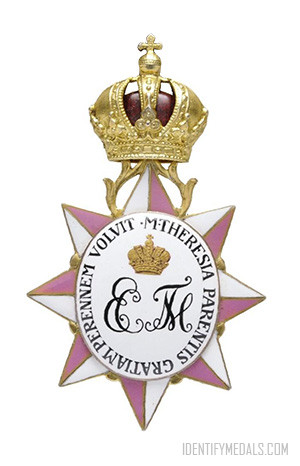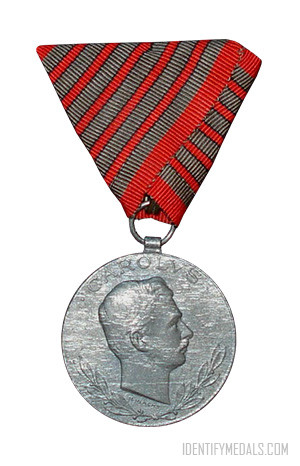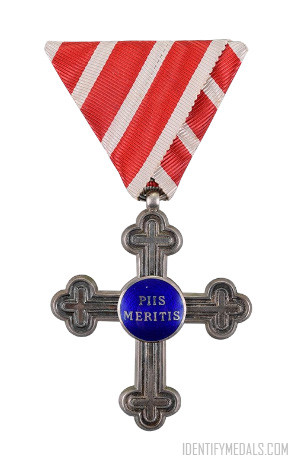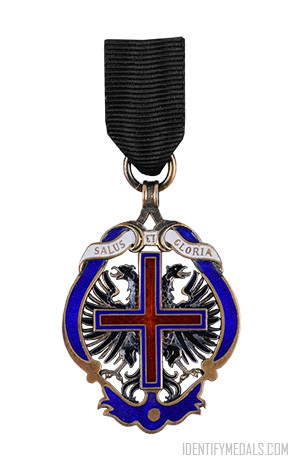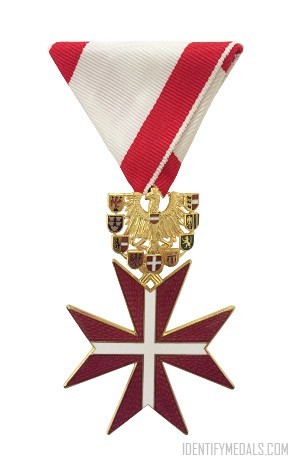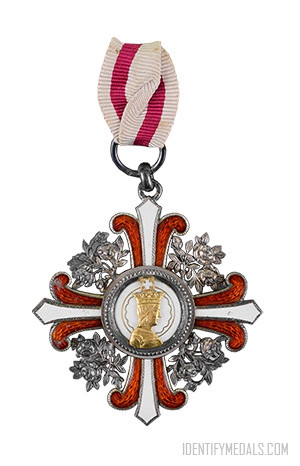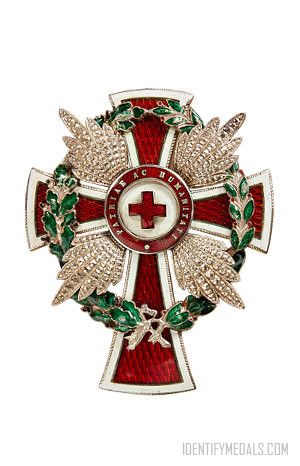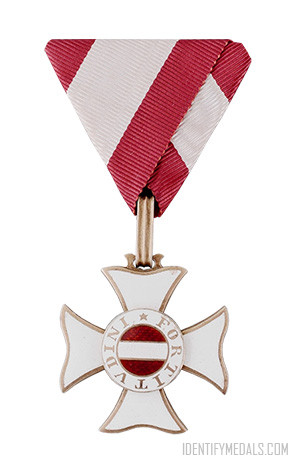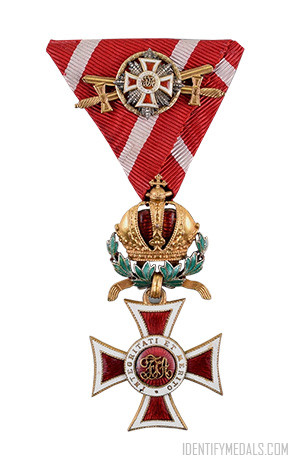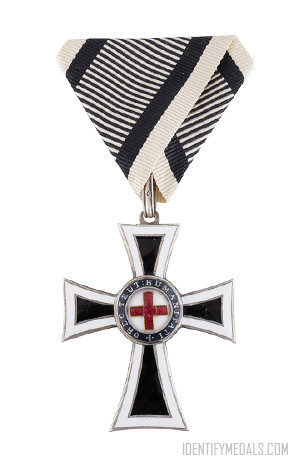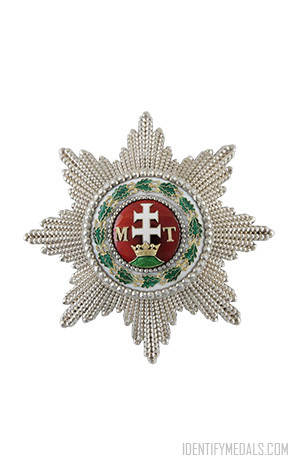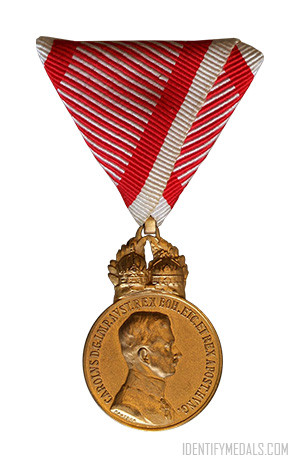- Time Period: World War I
- Institution: 13 December 1916
- Country: Austria, Hungary, Austro-Hungarian Empire
The Karl Troop Cross (or Karl-Truppenkreuz in German) is an Austro-Hungarian medal instituted on 13 December 1916 by Emperor Karl I.
The medal was awarded for service up to the end of the First World War to soldiers and sailors of all arms of the Austro-Hungarian armed forces, regardless of rank, who had been with a combatant unit for at least twelve weeks and who had participated in at least one battle. Members of the air service who made ten flights over enemy lines were also eligible.
The Karl Troop Cross Design
The medal is cross pattée resting on a laurel wreath made of zinc.
The obverse shows the Latin inscription “GRATI PRINCEPS ET PATRIA, CAROLVS IMP.ET REX“, (A grateful prince and country, Karl, Emperor and King). The reverse bears the Austrian Imperial and Hungarian Royal crowns above the letter “C” (for Carolus) with the inscription “VITAM ET SANGVINEM“, (“With life and blood“) and the date MDCCCCXVI, (1916).
The cross was worn on the left chest from a red ribbon with alternate red-white side strips towards each edge.

